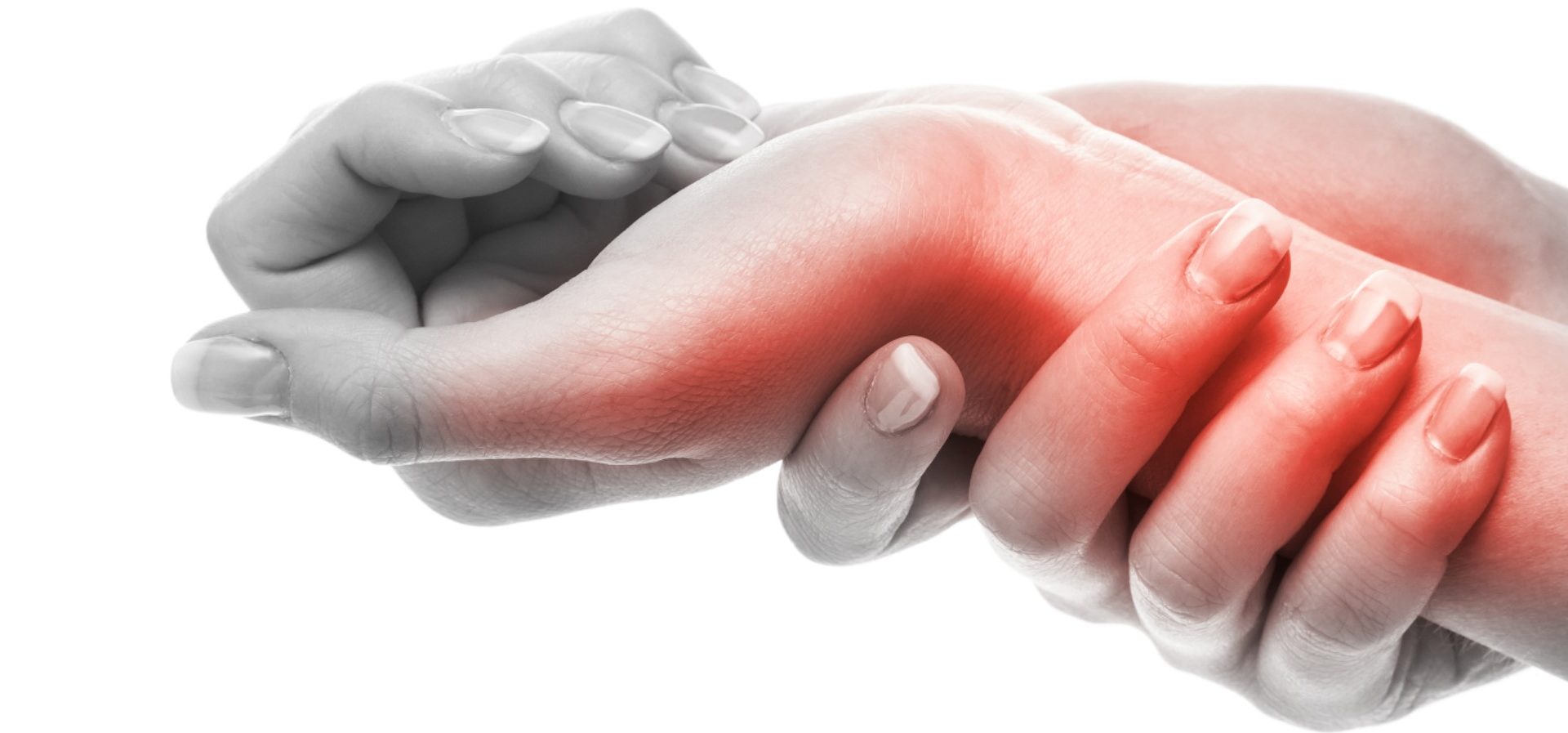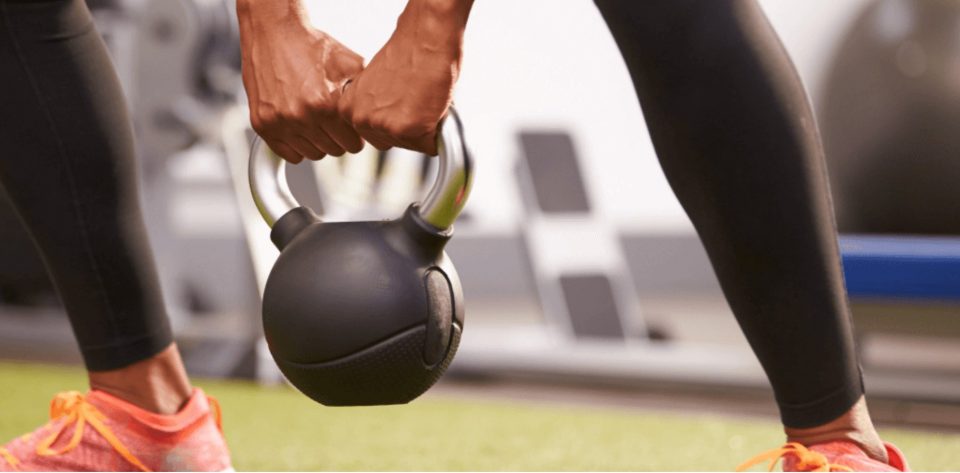MANAGING YOUR ARTHRITIS WITH EXERCISE.
If you’ve been diagnosed with arthritis, or suspect you have arthritis due to symptoms
you are experiencing, then you are not alone. Approximately 350 million people
worldwide have arthritis, and the 2016-17 New Zealand Health Survey statistics show
that more than half of New Zealand’s adults aged over 75 have some form of arthritis –
of which there are many forms (osteoarthritis, rheumatoid arthritis, infectious arthritis,
metabolic arthritis etc.) here we will be addressing the most common type of arthritis
which is osteoarthritis, also commonly referred to as degenerative arthritis.
What is arthritis?
Osteoarthritis, or a more fun name being “wear and tear” arthritis, is when there is a
breakdown of cartilage in the body. Cartilage acts a soft cushion between our bones
and provides a smooth surface for our joints to glide across. Over time, as we age, this
cartilage can begin to wear away because of a lifetime of movement and exercise and
cause our bones to rub together. When this degeneration occurs, problems will start
appearing in the form of pain, swelling and difficulties moving the affected joint, which
can be diagnosed as osteoarthritis. The most commonly affected joints include the feet,
knees, hips, spine and hands.
So, your cartilage has been used TOO much? It’s worn down thanks to exercise?! The
best possible thing you can do to help it then is to cease movement as much as
possible. Right?
Wrong!!
In fact, not moving is the WORST thing you could do to treat your arthritis,
discontinuing, or refusing to start, exercise is actually detrimental to improving your
condition and quality of life. Rather than aggravate the pain surrounding your joints and
stiffen them further, exercising the affected areas will provide relief by strengthening the
muscles surrounding your joints and strengthening your bones, this in turn allows for
stronger support muscles which will alleviate the stress on your joints. Regular exercise
also helps to maintain a healthy weight, and a lower body weight decreases pressure on
the joints.
Best exercises for arthritis
Before starting an exercise program, you should of course see a doctor or physical
therapist to clear you to train safely. Your doctor or physio are likely to recommend you
perform range-of-motion exercises daily such as shoulder rolling, and start a fitness
routine consisting of strengthening exercises through the form of light resistance
training, and aerobic exercises to maintain your overall fitness and cardiovascular
health. Most importantly, you will need to keep the exercise you do low impact. Great
training types for arthritis sufferers include cycling, swimming, walking as well as yoga
to improve your flexibility, balance and relax your muscles.
Always make sure to properly warm up and cool down before you exercise – and as
should be the case for anybody no matter what their state of health, if there is a sharp
pain or swelling during your workout, stop right away and seek medical advice. To help
reduce inflammation, ice can be applied to your joints post exercise for up to 20
minutes, if you feel you require it.







